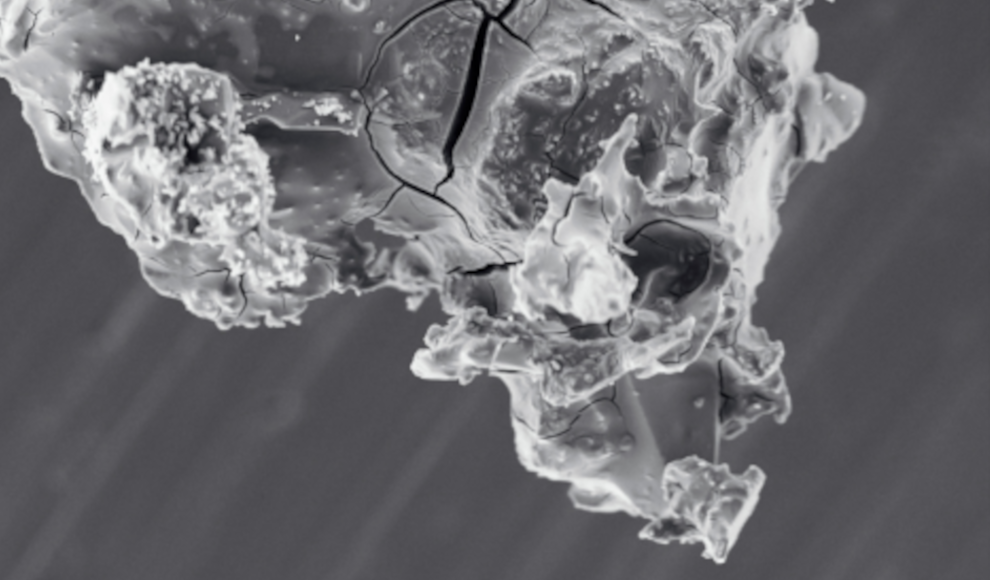In a groundbreaking discovery, scientists have found that metals possess self-healing properties that can repair small cracks without human intervention. This discovery could lead to the development of self-healing metals that do not suffer from fatigue damage at the nanoscale. Researchers at Texas A&M University predicted self-healing properties in metals around ten years ago, but they were unable to experimentally prove it. Now, scientists at Sandia National Laboratories have observed self-healing properties in an experiment for the first time. The researchers melted tiny cracks in nanocrystalline copper and platinum films, and the cracks healed without human intervention.
The physicists used a machine that pulled the metal pieces around 200 times per second, causing small cracks to appear. After about 40 minutes, the cracks disappeared in the nanocrystalline structures without human intervention. Although self-healing properties have only been experimentally observed in platinum and copper, models suggest that these regeneration mechanisms could occur in other metals. This means that alloys such as steel could also possess self-healing properties. The discovery could lead to the development of materials that can exploit this behavior.
Fatigue damage, such as that found in bridges and airplanes, generates billions of dollars in costs each year. These damages are often difficult to detect and repair. Until now, physics assumed that microscopic cracks at grain boundaries were irreversible. However, the study published in Nature proves otherwise. The researchers hope that their findings will form the basis for self-healing metals that can be used on an industrial scale. However, there are still many unanswered questions, such as whether self-healing properties exist in conventional metals. They have only been observed in nanocrystalline metals.










